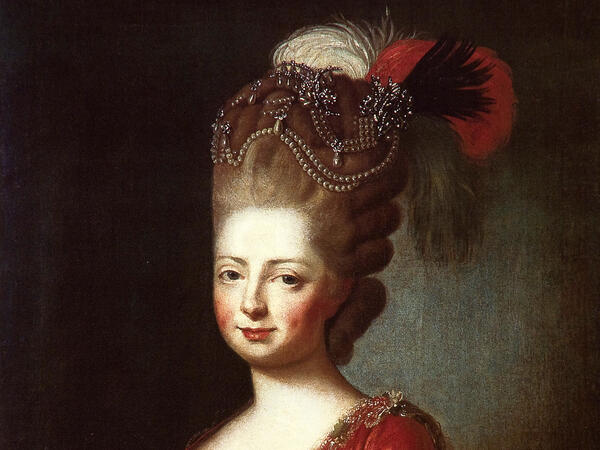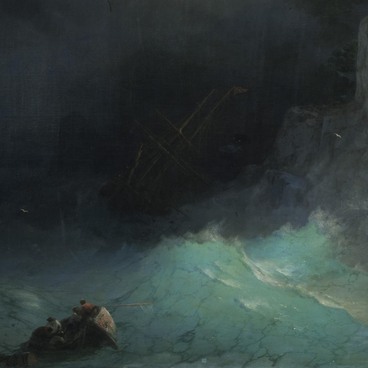Maria Feodorovna was the wife of Russian Emperor Paul I, a German princess, who, before converting to Orthodoxy, was named Sophie Dorothea Augusta Louise of Württemberg. The princess received an excellent education at home. She was instilled from childhood with a love of arts and crafts. She sang, played the clavichord, was engaged in clay modeling, satin stitch embroidery, carved figurines from amber and ivory, engraved, carved cameos from stone and glass. While in Russia, she learned the technique of metal casting, making glass pastes and working with wax.
Maria Feodorovna was also fond of drawing and painting, first of all having mastered the pastels technique. The Russian Museum contains a still life in the style of the ‘Little Dutchmen’, painted by her in 1787.
Maria Feodorovna was also remembered by her contemporaries for her charity work. She took under her protection a mental hospital and looked after the sick herself. Examining babies in orphanages, she used to say,
Maria Feodorovna was also fond of drawing and painting, first of all having mastered the pastels technique. The Russian Museum contains a still life in the style of the ‘Little Dutchmen’, painted by her in 1787.
Maria Feodorovna was also remembered by her contemporaries for her charity work. She took under her protection a mental hospital and looked after the sick herself. Examining babies in orphanages, she used to say,



